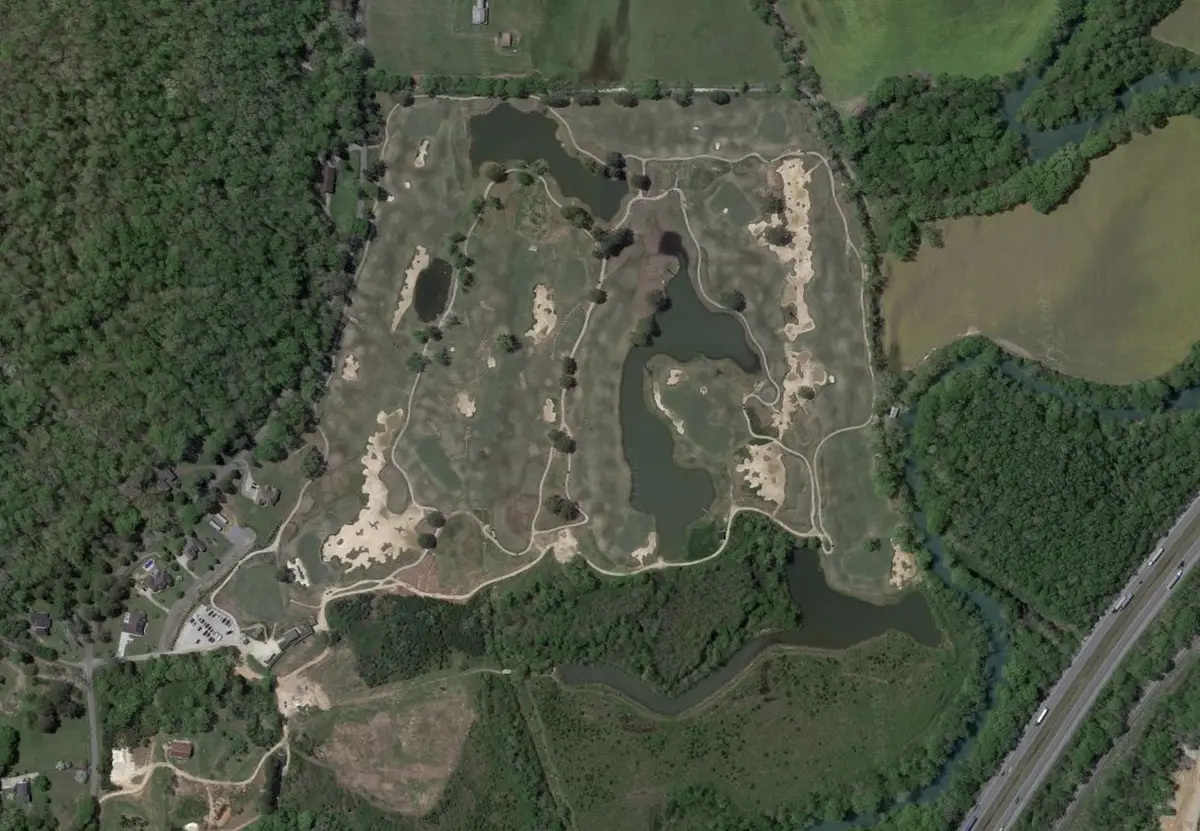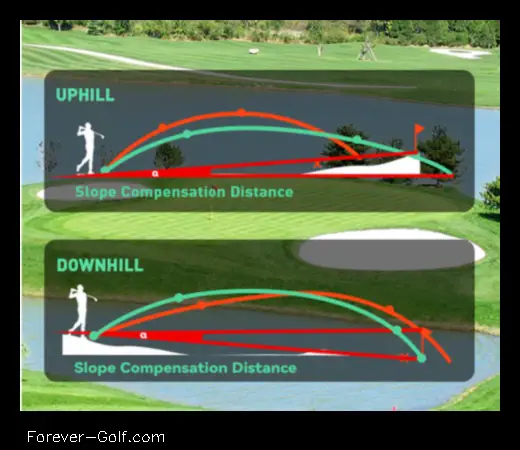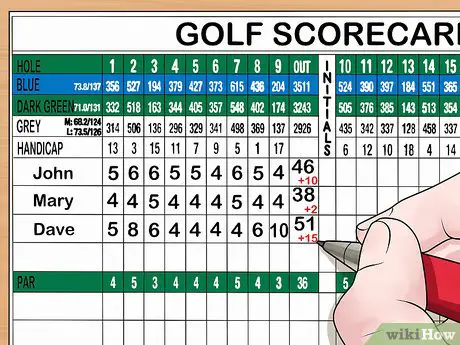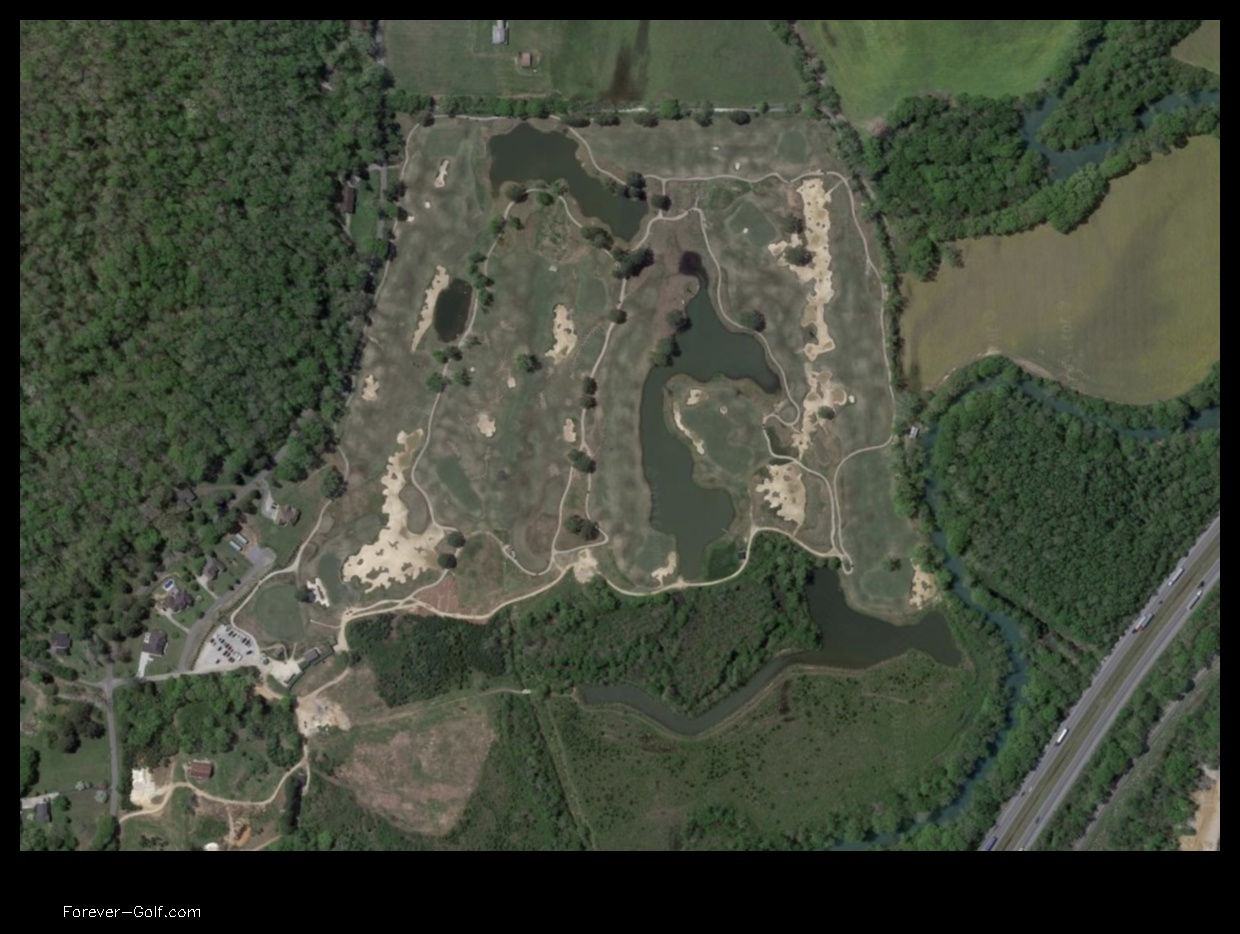
</p>
I. Introduction
II. What is the average size of a golf course?
III. Factors that affect golf course acreage
IV. How to calculate the ideal golf course size for your property
V. Benefits of a smaller golf course
VI. Disadvantages of a smaller golf course
VII. Benefits of a larger golf course
VIII. Disadvantages of a larger golf course
IX. Conclusion
X. FAQ
>
| Topic | Answer |
|---|---|
| Golf course size | The average size of a golf course is 135 acres. |
| 9 hole golf course | A 9 hole golf course typically takes up between 60 and 80 acres. |
| Golf course dimensions | The average length of a golf course is 6,800 yards. |
| Average golf course size | The average golf course size is 135 acres. |
| Golf course acreage features | The average golf course has 18 holes, a driving range, a practice green, and a clubhouse. |
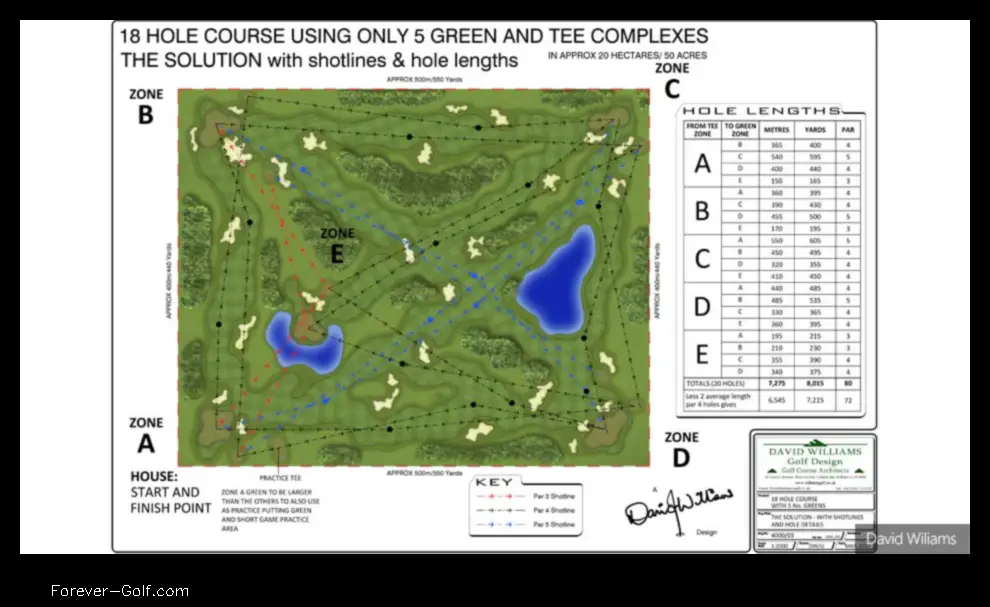
II. What is the average size of a golf course?
The average size of a golf course in the United States is 135 acres. However, the size of a golf course can vary significantly, depending on the number of holes, the type of course, and the terrain. For example, a par-3 course with 9 holes will typically be smaller than a par-72 course with 18 holes. Similarly, a course that is built on flat land will require less acreage than a course that is built on hilly or mountainous terrain.
In general, the following factors can affect the size of a golf course:
- Number of holes
- Type of course (e.g., par-3, par-4, par-5)
- Terrain
- Slope
- Water features
- Trees and other vegetation
It is important to note that the average size of a golf course is just that – an average. There are many factors that can affect the size of a golf course, and there is no one-size-fits-all answer.
III. Factors that affect golf course acreage
There are a number of factors that can affect the acreage of a golf course, including:
- The number of holes
- The size of the greens
- The width of the fairways
- The length of the rough
- The number of bunkers
- The type of irrigation system
- The climate
The average size of a 9-hole golf course is between 9 and 12 acres, while the average size of a 18-hole golf course is between 15 and 18 acres. However, there are many golf courses that are smaller or larger than these averages. For example, there are some 9-hole golf courses that are only 5 or 6 acres, while there are some 18-hole golf courses that are over 20 acres.
The specific factors that affect the acreage of a golf course will vary depending on the specific design of the course. However, the factors listed above are some of the most common factors that affect golf course acreage.
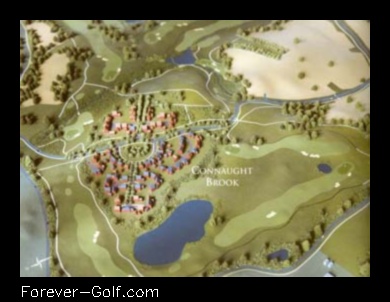
IV. How to calculate the ideal golf course size for your property
There are a few factors to consider when calculating the ideal golf course size for your property. These factors include:
- The amount of space you have available
- The desired number of holes
- The type of terrain you have
- Your budget
Once you have considered these factors, you can use the following formula to calculate the ideal golf course size for your property:
Ideal golf course size (in acres) = (Number of holes) x (Average hole length) x (1.5)
For example, if you have a property that is 10 acres and you want to build a 9-hole golf course, the ideal hole length would be 300 yards. Using the formula above, you would calculate the ideal golf course size as follows:
Ideal golf course size (in acres) = (9 holes) x (300 yards) x (1.5) = 4050 yards
This means that you would need a property that is at least 4.05 acres in size to build a 9-hole golf course with an average hole length of 300 yards.
Of course, this is just a general formula and you may need to adjust it depending on the specific features of your property. For example, if you have a lot of trees or other obstacles on your property, you may need to make the holes shorter or add more holes to make up for the lost space.
Ultimately, the best way to determine the ideal golf course size for your property is to consult with a professional golf course designer. They will be able to take into account all of the factors involved and help you create a golf course that is perfect for your needs.
V. Benefits of a smaller golf course
There are a number of benefits to having a smaller golf course, including:
- Lower cost
- Less maintenance
- Easier to play
- More enjoyable for beginners
- Better for the environment
Let’s take a closer look at each of these benefits.
Lower cost
The cost of building and maintaining a golf course is directly related to its size. A smaller golf course will require less land, less materials, and less labor to build. It will also require less water and fertilizer to maintain. As a result, a smaller golf course can be built and maintained for a fraction of the cost of a larger golf course.
Less maintenance
A smaller golf course requires less maintenance than a larger golf course. This is because there is less land to mow, less water to apply, and less fertilizer to use. As a result, a smaller golf course can be maintained with less time and effort.
Easier to play
A smaller golf course is easier to play than a larger golf course. This is because the holes are shorter and the fairways are narrower. As a result, golfers can hit the ball further and they have less distance to walk between shots. This makes a smaller golf course more enjoyable for golfers of all skill levels.
More enjoyable for beginners
A smaller golf course is more enjoyable for beginners than a larger golf course. This is because the holes are shorter and the fairways are narrower. As a result, beginners can hit the ball further and they have less distance to walk between shots. This makes a smaller golf course more accessible and enjoyable for beginners.
Better for the environment
A smaller golf course is better for the environment than a larger golf course. This is because a smaller golf course requires less land, less water, and less fertilizer. As a result, a smaller golf course has a smaller environmental impact.
VI. Benefits of a smaller golf courseThere are a number of benefits to having a smaller golf course, including:
- Lower cost
- Less maintenance
- Easier to play
- More intimate setting
Let’s take a closer look at each of these benefits.
Lower cost
The smaller the golf course, the lower the cost to build and maintain it. This is because there is less land to purchase, less irrigation and drainage to install, and less grass to mow.
Less maintenance
A smaller golf course also requires less maintenance than a larger one. This is because there are fewer bunkers to rake, fewer greens to mow, and fewer trees to trim.
Easier to play
A smaller golf course is also easier to play than a larger one. This is because the holes are shorter and the fairways are wider. This makes it easier for golfers of all skill levels to enjoy the game.
More intimate setting
Finally, a smaller golf course offers a more intimate setting than a larger one. This is because there are fewer golfers on the course at any given time. This makes it easier to socialize with other golfers and enjoy the scenery.
Overall, there are a number of benefits to having a smaller golf course. These benefits include lower cost, less maintenance, easier play, and a more intimate setting.
VII. Benefits of a larger golf courseThere are a number of benefits to having a larger golf course, including:
- More space for golfers to spread out and avoid congestion
- More variety of holes, which can make the course more challenging and interesting
- More opportunities for wildlife to thrive
- A larger golf course can be more sustainable than a smaller one, as it can be designed to use less water and pesticides
Of course, there are also some disadvantages to having a larger golf course, such as the higher cost of maintenance and the longer amount of time it takes to play a round of golf.
Ultimately, the decision of whether or not to build a larger golf course is a personal one that should be made based on the specific needs and preferences of the individual or organization that is considering the project.
Disadvantages of a larger golf course
There are a few disadvantages to building a larger golf course, including:
-
The cost of construction and maintenance is higher for a larger golf course.
-
A larger golf course requires more land, which can be difficult to find in some areas.
-
A larger golf course takes longer to play, which can be a deterrent for some golfers.
-
A larger golf course can be more challenging to manage, which can lead to a decrease in the quality of the course.
Overall, the decision of whether or not to build a larger golf course is a personal one that should be made after considering all of the factors involved.
There are several benefits to having a larger golf course, including:
- More variety of holes
- More challenging holes
- More opportunities for wildlife habitat
- More potential for economic development
A larger golf course can offer a more varied and challenging experience for golfers of all skill levels. With more holes to choose from, golfers can find the perfect course for their abilities and preferences. Additionally, a larger golf course can provide more opportunities for wildlife habitat, which can benefit both the environment and the local community. Finally, a larger golf course can also be a source of economic development, generating jobs and tax revenue for the surrounding area.
Of course, there are also some disadvantages to having a larger golf course, such as the increased cost of maintenance and the potential for environmental impact. However, for many communities, the benefits of a larger golf course outweigh the drawbacks.
FAQ
Q: What is the average size of a golf course?
A: The average size of a golf course is 135 acres.
Q: What are the factors that affect golf course acreage?
A: The factors that affect golf course acreage include the number of holes, the length of the course, the terrain, and the climate.
Q: How do I calculate the ideal golf course size for my property?
A: To calculate the ideal golf course size for your property, you need to consider the following factors:
- The number of holes you want on your course
- The length of the course you want
- The terrain of your property
- The climate in your area
- Where Was the First Topgolf in the English Language - April 5, 2024
- Topgolf Back Net Distance How Far Is It - April 5, 2024
- Top Golf Where to Find the Best Golf Experiences Outside of the U.S. - April 5, 2024
